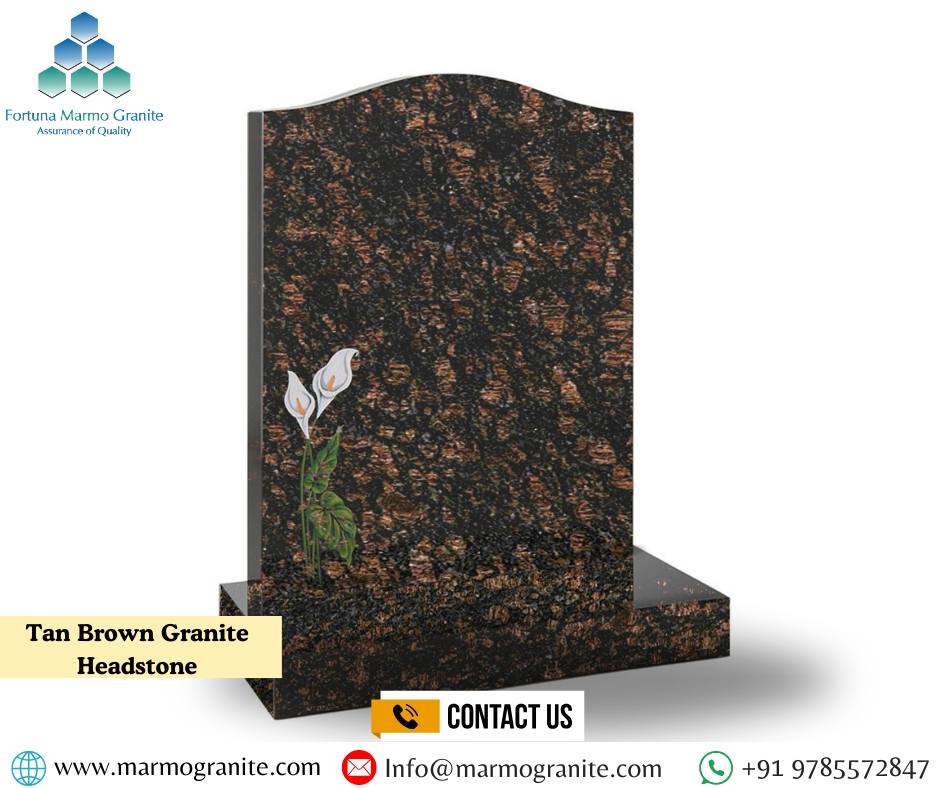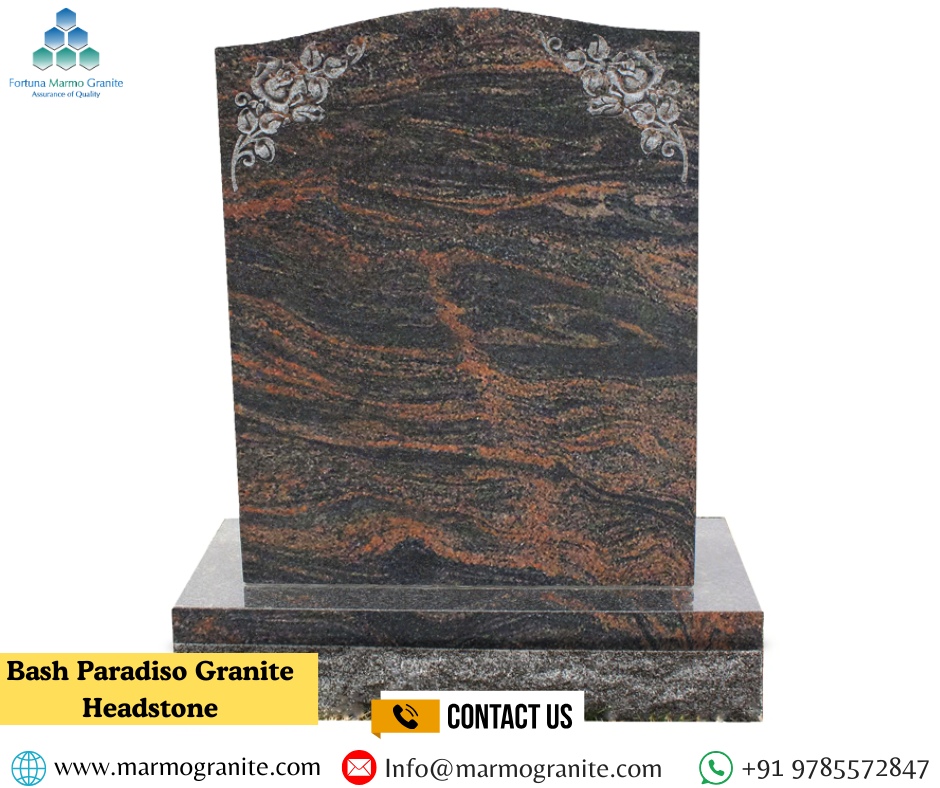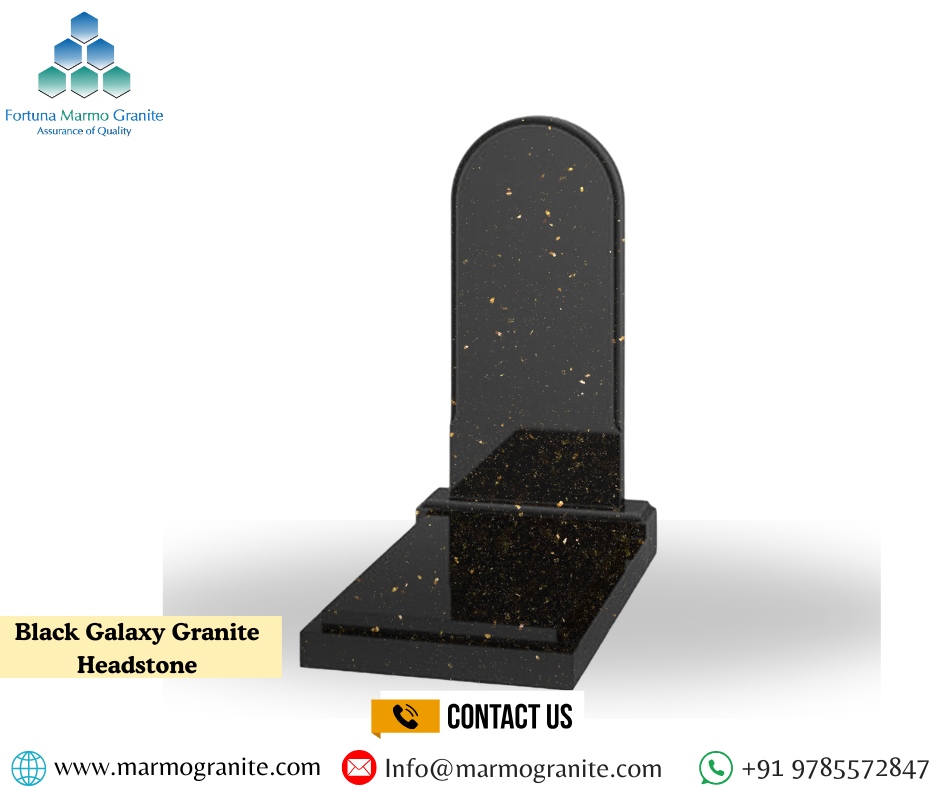Best Stone Choices for Weatherproof Headstones That Stand the Test of Time
Weatherproof Headstones Supplier Choosing the right material for a headstone goes far beyond mere aesthetics; it is a deeply meaningful decision that reflects love, respect, and remembrance. A headstone is not just a marker—it’s a permanent tribute to someone cherished, carrying their name, legacy, and memory into the future. Because these memorials are placed outdoors, they must endure a wide range of natural elements including relentless sun exposure, heavy rainfall, frost cycles, wind erosion, and even environmental pollutants. Over time, weaker materials may fade, crack, or erode, diminishing the very tribute they were meant to uphold. Weatherproof Headstones Supplier That’s why selecting a stone that offers both timeless beauty and proven durability is essential. Whether installed in a shaded corner of a serene cemetery or in a sun-drenched memorial garden, a well-chosen headstone must retain its dignity and clarity through decades of weathering. In this comprehensive guide, we delve into the most reliable stone options available for crafting weatherproof headstones, highlighting their characteristics, strengths, and the reasons they stand out as lasting choices for honoring loved ones with grace and strength.
Why Weatherproofing Matters for Headstones
Key Qualities to Look for in a Durable Headstone Stone
When selecting a stone for a weatherproof headstone, consider these essential qualities:
- Hardness and Density: Hard stones are less prone to chipping and erosion.
- Low Porosity: A stone with minimal water absorption resists freeze-thaw cycles better.
- Colorfastness: UV-resistant stones do not fade easily.
- Workability: The stone should allow for clear and lasting inscriptions.
- Low Maintenance: It should retain its appearance with minimal upkeep.
1. Granite: The Gold Standard in Headstone Materials
Why Granite Reigns Supreme
Granite is by far the most popular choice for weatherproof headstones—and with good reason. It is one of the hardest natural stones on Earth, ranking 6–7 on the Mohs scale. Granite is extremely dense and nearly impervious to water. It resists erosion, acid rain, UV rays, and temperature fluctuations.
Aesthetic and Customization
Granite comes in a wide variety of colors—from jet black and gray to red, blue, green, and pink. Its ability to hold fine detail makes it ideal for etching, engraving, and laser portraits. Polished granite also retains its sheen for decades.
Ideal Granite Types for Headstones
- Absolute Black Granite – Offers a sleek, formal look.
- India Red Granite – Striking, with a vibrant tone and strong symbolism.
- Bahama Blue Granite – Deep blue hues with natural patterning.
- Gray Barre Granite – A classic option in cemeteries across the U.S.
2. Marble: Timeless Beauty with a Soft Elegance
A Historical Choice
Marble has been used for headstones for thousands of years. Its soft, flowing veining and gentle color variations give it an unmatched elegance. While softer than granite, high-quality marble still holds up well over time when properly maintained.
Durability Factors
Marble ranks about 3–5 on the Mohs scale and is more porous than granite. As such, it is more prone to weathering and acid rain. However, in dry climates or when treated with weatherproof sealants, marble can remain legible and attractive for generations.
Aesthetic Appeal
- White Marble – Symbolizes purity and peace.
- Carrara Marble – Renowned for its bluish-gray veining.
- Makrana Marble – Used in the Taj Mahal; known for durability and luster.
3. Sandstone: A Rustic and Earthy Option
Natural Look, Proven Durability
Sandstone is known for its rich earthy tones and rustic texture. It has been used in monuments for centuries, including historic gravesites and ancient temples. While slightly softer than granite, sandstone can still withstand the test of time with proper maintenance.
Weather Resistance
Sandstone is moderately porous but can be sealed to enhance water resistance. It holds up well in dry or semi-arid climates. The stone tends to weather uniformly, giving it a natural aged look over time.
Popular Varieties
- Agra Red Sandstone – A traditional option from India with deep red tones.
- Mint Sandstone – Light, creamy shades ideal for softer, more natural memorials.
- Kandla Grey Sandstone – Subtle gray tones with a timeless feel.
Pros and Cons
While not as hard as granite, sandstone offers a warm, natural appeal and has a unique ability to blend with natural surroundings. Best for those seeking a more traditional or rustic style.
4. Slate: Deep Hues with Historical Charm
- Understated Elegance
Slate is a fine-grained stone available in deep, rich colors such as charcoal, green, and purple. It has a long history of use in grave markers, especially in regions like New England and Wales.
- Weather Performance
Slate is dense and resistant to frost and moisture. However, it can be prone to flaking over many decades. With proper carving techniques and installation, slate can last a lifetime.
- Best Use
Slate is ideal for those looking for an old-world feel or vintage aesthetic. Hand-carved inscriptions look especially beautiful on slate surfaces.
5. Bronze: A Modern Metal Option Often Paired with Stone
- Durability Meets Elegance
Though not a natural stone, bronze is often used in modern cemeteries in combination with granite or concrete bases. It is extremely durable and highly resistant to corrosion.
- Weather Resistance
Bronze withstands even the harshest weather without cracking or staining. Over time, it develops a greenish patina that many people find attractive and symbolic.
- Customization
Bronze plaques can include detailed lettering, portraits, emblems, and even color photo inserts. It’s ideal for families looking for intricate, low-maintenance memorials.
How to Choose the Right Stone for Your Climate
Different climates present different challenges. Here’s how to pair your headstone material with your regional environment:
- Humid and Rainy Areas: Opt for granite or sealed sandstone; avoid porous marble.
- Freezing Climates: Go for dense, non-porous stones like granite or slate to prevent cracking from freeze-thaw cycles.
- Dry or Desert Areas: Marble and sandstone can work well here with proper sealing.
- Coastal Regions: Choose corrosion-resistant materials like granite or bronze to withstand salt air.
Additional Tips for Weatherproofing Headstones
- Sealants and Surface Treatments
Applying a breathable sealant can drastically improve the longevity of porous stones like marble and sandstone. These treatments protect against water intrusion without trapping moisture inside.
- Proper Installation
A well-installed foundation helps prevent tilting, sinking, or cracking due to ground shifts or frost heaves. Professional setting is crucial.
- Routine Maintenance
Even the most weatherproof stone needs occasional care. Gentle cleaning with non-acidic products and routine inspections can catch early signs of wear.



